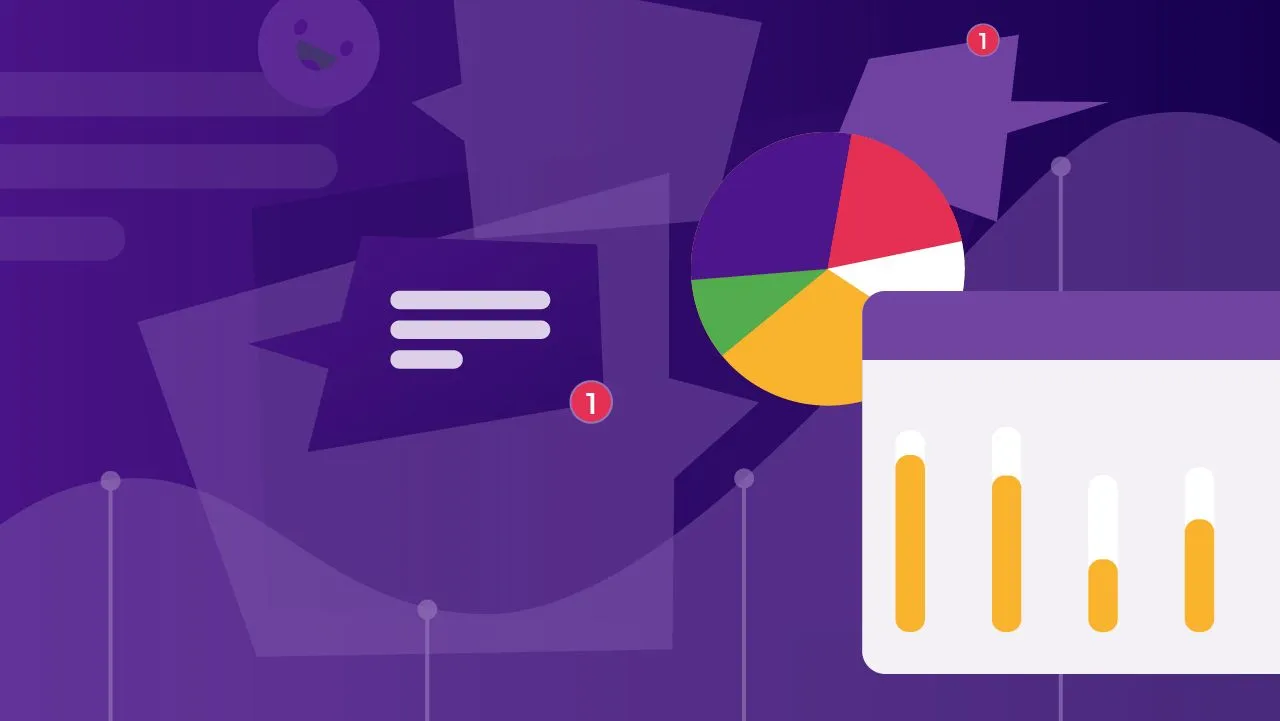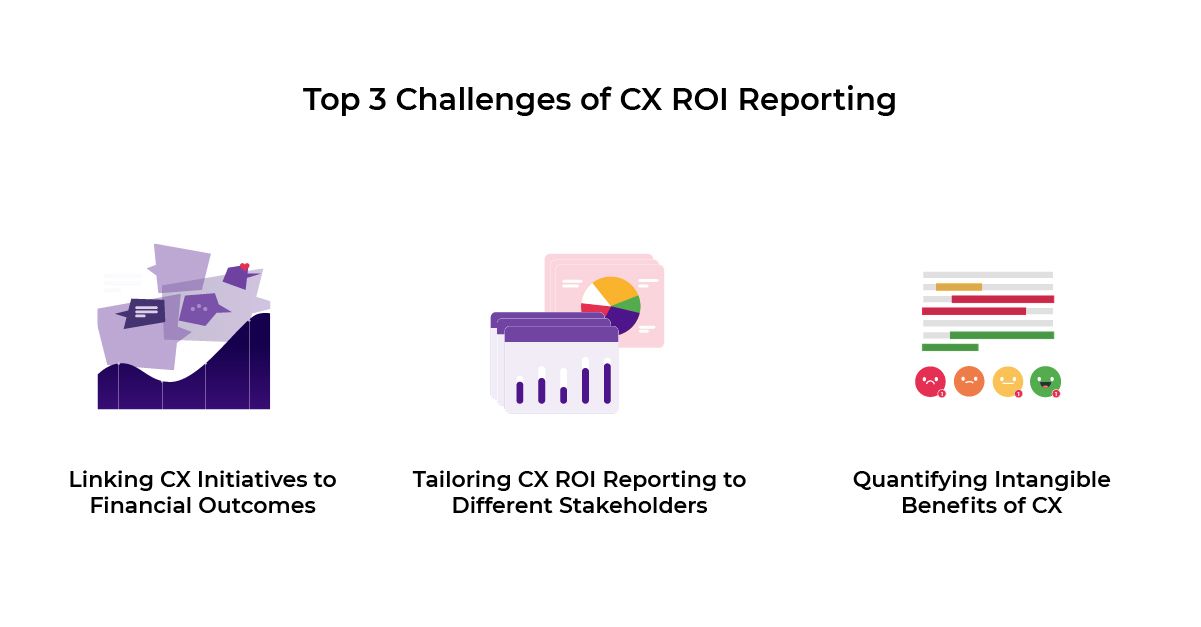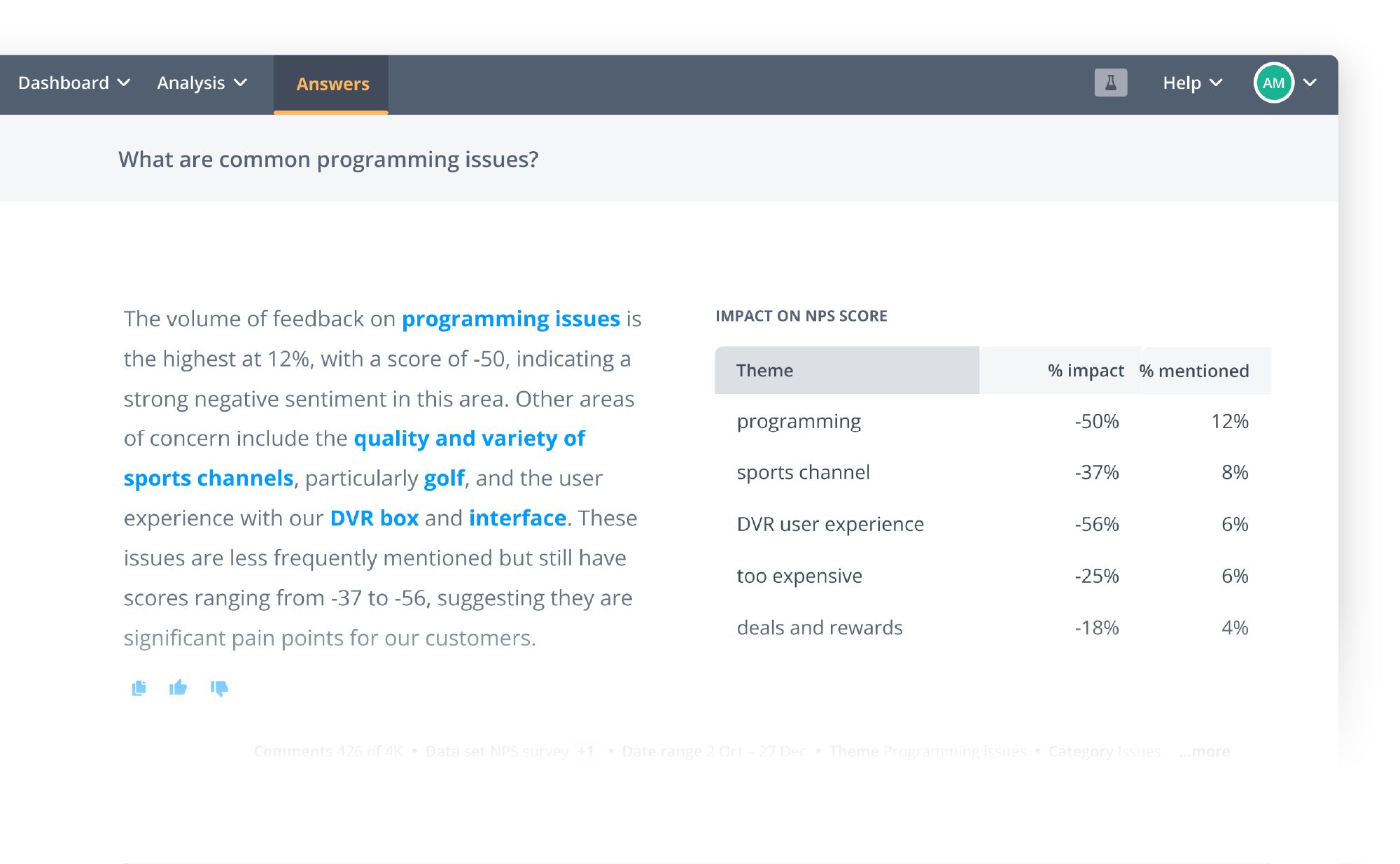
What steps can you take to measure the ROI of Customer Experience improvements? identifying the challenges to ROI reporting will make it easier to consistently report on the impact of CX projects. Whatever the context.

We all know that happy customers are good for business. But proving it with hard numbers? That's been a major headache for a long time. Why? Because feelings are hard to measure, and those feelings often live at the heart of the customer experience.
Those feelings are worth figuring out. Companies focused on delivering a great customer experience (CX) see up to 60% higher margins than the competition! When you're asked to prove ROI, that's often when things get tricky.
Think of a clunky online checkout process. Sure, you might still get sales, but it’s like driving with a flat tire - you’re getting somewhere, but it’s a bumpy ride! Every abandoned cart, every frustrated customer… that’s potential profit leaking away. And here’s the kicker: over 60% of customers are ready to jump ship after a bad experience. That alone shows how tightly CX is woven into your bottom line.
But how do you prove that fixing the checkout snag was the magic bullet that boosted your numbers?
That’s where things get tricky. Let’s break down why:
Calculating customer experience ROI is crucial in overcoming these challenges by providing a clear financial value to CX initiatives, thereby proving their success with hard numbers.
Paul Stevenson, a leader in Customer Experience strategy, emphasizes that it's about showing the impact of what your brand does, not just what the brand says. While making someone's day through customer support is amazing, you need to connect these positive experiences back to the bottom line to secure the budget you deserve.
Customer feedback can be a goldmine. But only if you know how to sift through the noise. Rants, raves, random emojis – it’s overwhelming, and it’s easy to miss the insights that truly impact your bottom line. That’s where AI becomes your unfair advantage. It cuts through the clutter, instantly analyzing reviews, support tickets, and all that messy customer chatter to pinpoint what really matters. Incorporating customer experience metrics into this analysis is crucial for understanding the financial impact of CX initiatives, connecting these metrics with financial data to provide actionable insights.
Beyond Gut Feeling: Measuring customer experience ROI is crucial, as it goes beyond a mere sense that customers are happier after an upgrade. AI quantifies this change, proving the financial value of your CX efforts. Customer experience ROI metrics serve as essential tools for connecting CX improvements to financial outcomes.
Precision Targeting: See the exact pain points causing abandoned carts, or the features getting consistent rave reviews. Focus your CX work where it counts.
Data-Backed Decisions: Show stakeholders the direct link between a smoother checkout process and increased sales. That’s how you get buy-in for future CX investments.
Relying on customer comments and surveys is great, but you need more. That's the realm of VoC (Voice of the Customer) data. AI tools with Natural Language Processing (NLP) are your secret weapon – they'll churn through customer reviews, support chats, all the messy stuff – to find the trends that matter.
According to CX leaders, 44% of them swear by AI and machine learning for actionable customer info. This stuff works because it:

You’ve streamlined checkout, sales are up, and you’re feeling like a CX superstar. But then that little voice of doubt creeps in – was it your awesome upgrade, a sizzling new product, or just a fluke? Isolating the true impact of individual customer experience improvements can be a major headache. To truly understand the financial benefits of your efforts, it's crucial to measure customer experience ROI, as this helps in isolating the financial impact of specific CX projects on sales.
The Balanced Scorecard is your go-to tool here. It tells you to go beyond sales and track those customer satisfaction metrics and all that good stuff, including understanding the average customer lifespan to calculate Customer Lifetime Value (CLV). This calculation is pivotal as it represents the total value a customer brings to the business over their journey, factoring in the average purchase value, the number of purchases per year, and the average customer lifespan. Additionally, considering the customer acquisition cost is crucial for evaluating the investment in CX initiatives relative to the value customers bring over their lifetime. But here’s the problem: feedback is messy.
Think of AI-driven thematic analysis as a super-powered translator for customer feedback.
Here's what it can do:

Analyzing feedback data to show which themes impact metrics like NPS helps the business prioritize CX initiatives
So, you're not just guessing how CX projects impact the numbers. Now, you can:
Not everyone gets as excited about a 5-star review as you do. Different teams need different ways to see how awesome CX translates into results they care about. Here's how to break it down:
They live and breathe those big-picture numbers. So, your report needs to show:
They're in the trenches, dealing with the daily grind. Show them how CX makes their job easier:
They're the ones talking to customers every day. Empower them with insights, not just data:
It's not about dumbing things down; it's about showing each team how CX makes their specific goals easier to achieve. When everyone sees that connection, you get serious buy-in for your CX initiatives.
Okay, 'brand trust' sounds fluffy. But every time a customer raves about your brand or sticks with you despite a hiccup, trust in action is a direct result of positive customer experiences. Here's how to start proving it:
Go Beyond the Stars: Sure, a 5-star review is great. But why did they give it? Dig into the comments! "Amazing support saved the day" is more powerful than just a number.
NPS (Net Promoter Score): Tells you who’s ready to shout about you from the rooftops (and who needs attention). Track this over time to see how CX efforts move the needle, enhancing customer loyalty and reducing churn.
CLV (Customer Lifetime Value): It is the ultimate loyalty metric. Loyal customers who trust you spend more over time. Understanding and improving CLV is crucial for realizing the long-term financial benefits of CX initiatives, as it directly correlates with increased customer loyalty and emotional engagement.
Small Wins, Big Proof: Don’t try to boil the ocean.

Analyzing customer feedback to detect shifts in themes and sentiment helps you track the impact of CX initiatives on the brand and business.
When customers feel heard and valued, they become loyal advocates. If you want to track the impact of CX initiatives on trust, here are a few ways to go about it :
Incorporating the customer effort score into your analysis can significantly enhance understanding of customer sentiment, directly influencing brand trust and loyalty. This metric serves as an industry standard for quantifying the ease with which customers can interact with various touchpoints, reflecting their overall experience and satisfaction.
Quantifying trust isn’t impossible. By combining the right metrics, tracking sentiment, and showing the direct impact of CX wins, you build a rock-solid case for why those “warm fuzzies” are serious business.
The key to proving the value of CX lies in customer data. Don’t just track sales, look at satisfaction scores, themes in qualitative comments, purchase behavior, and operational costs. Insights to improve CX are often hidden within the mountains of customer feedback you receive – AI-driven thematic analysis is the key to unlocking it. Explore, track, and validate your insights before you present them strategically: executives want to see growth, managers crave efficiency, and frontline teams need to easily deliver great experiences.
Tools like Thematic empower you to transform your CX data into a language everyone understands – the language of success. Ready to see how Thematic works in action?
Request a Thematic demo and discover how to turn your customer feedback into a competitive advantage. Additionally, the operational efficiency and ROI of CX initiatives are significantly enhanced by the customer service team, which strives to decrease the cost to serve while linking experiential metrics to operational metrics valued by key stakeholders.
Join the newsletter to receive the latest updates in your inbox.